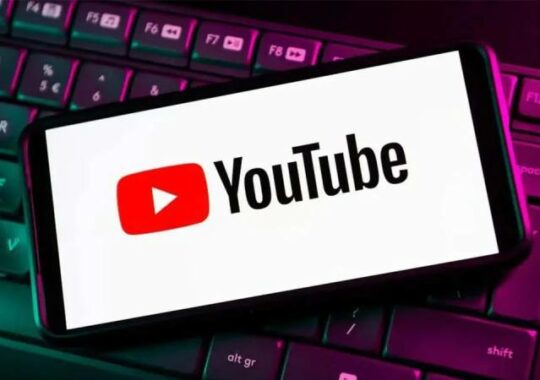It is very important to choose which apps can access the images and videos you store on your Android device wisely, as they might tell a lot about you. The majority of Android apps, regrettably, ask for extensive access to images and videos when they don’t actually require it. The greatest apps, on the other hand, don’t ask for access to your phone’s whole media gallery until very necessary.
In an attempt to address this problem, Google has been providing developers with alternate, private ways to view images and videos, but it hasn’t been effective in encouraging developers to utilize them. However, a lot of app developers will soon have no choice but to use Google’s private photo and video picker.
Google released the Photo Picker API in 2022 along with Android 13, providing apps with a private way to view your images and movies. Apps don’t have to ask permission to access your whole media gallery; instead, they can seek access to the images or videos of your choice by utilizing the Photo Picker API. It is meant for apps that only seldom or once need to access certain images or videos.
Since the introduction of Android 4.4 in 2013, the system file picker has existed; the Photo Picker is essentially an upgraded version of that tool. The Photo Picker only gives apps access to images and videos, while the System File Picker gives them privacy-preserving access to any file on your device. With bigger previews and tabs to navigate between all items and albums, Google updated the Photo Picker’s user interface to make it more suited for choosing images and movies.
However, Google found it extremely difficult to convince developers to use it once it was first released. The great majority of Android apps either kept using the outdated system file picker or created their own custom picker, which necessitates wide access to images and video. To make a difference, Google updated the Photo Picker to support Android versions as old as 4.4, gave it the ability to select media from Google Photos, and replaced the system file picker in situations when apps needed to choose images or videos. Nevertheless, Google is using its most powerful tool to drive adoption—making a new Google Play Store policy—because these adjustments were still insufficient to persuade a large number of developers to use the Photo Picker.
Google stated in October of last year that applications that “unnecessarily request the READ_MEDIA_IMAGES and/or READ_MEDIA_VIDEO permissions (on Android 13+) to access the user’s images and/or videos” would soon face consequences. The first step in this crackdown would be to “request” that apps with sporadic or one-time needs to access photos and/or movies remove their READ_MEDIA_IMAGES and/or READ_MEDIA_VIDEO permissions by “mid-2024.” READ_MEDIA_IMAGES and READ_MEDIA_VIDEO permissions, however, would only be available to “apps with core functionality relying on accessing the user’s image and/or videos” starting in “early 2025.”
It appears that the corporation started its crackdown towards the end of last month, even though it stated during Google I/O earlier this year that it will begin implementing this policy in August. As stated on the support page for Google Play’s policy regarding photo and video permissions, Google started asking developers on September 18 to “remove permissions (if one-time/infrequent use case) or submit a declaration form to qualify for core use/broad access.” Developers will not be able to update their apps on Google Play if they do not submit declaration forms by the end of this month. Up to January 22, 2025, Google is allowing developers to request a stay of enforcement; but, following that date, the corporation will impose this policy on all developers.
Last month, developer Tolriq posted a snapshot of this declaration form on Reddit. It says that only gallery applications or apps that are primarily focused on editing, managing, and preserving photos and videos are eligible to seek the READ_MEDIA_IMAGES and READ_MEDIA_VIDEO capabilities. Additional information about these permissions can be found on Google’s support page, where users can request to maintain them for “apps that are in the social, communication, photo/video editor categories and others that can demonstrate broad access needs like photo editors, user-generated content platforms, image search features, QR code scanners, and similar.” However, having a personalized photo selection experience alone is insufficient for these apps to be approved; instead, they must show a “core use case that requires persistent or frequent photo/video access.”
In any case, many current apps are forced to switch to the Android Photo Picker or the system file picker because of the new policy’s severe restrictions on the number of apps that can request these two permissions. Although the forced transfer is definitely a step in the right direction for privacy, some apps will see a decrease in usefulness as a result of the dearth of capabilities in the Android Photo Picker. For instance, Google stated that a search feature for the Android Photo Picker is currently being developed, although it is currently absent. Additionally, local albums made with Android apps are not displayed; instead, you must navigate through the “Photos” or “Videos” page to locate them. Lastly, it lacks the ability to choose an album, filter or sort items, and swiftly select a large number of objects.
Given that Google will be imposing the feature on apps, perhaps they will take care of these problems in upcoming Android Photo Picker upgrades.



